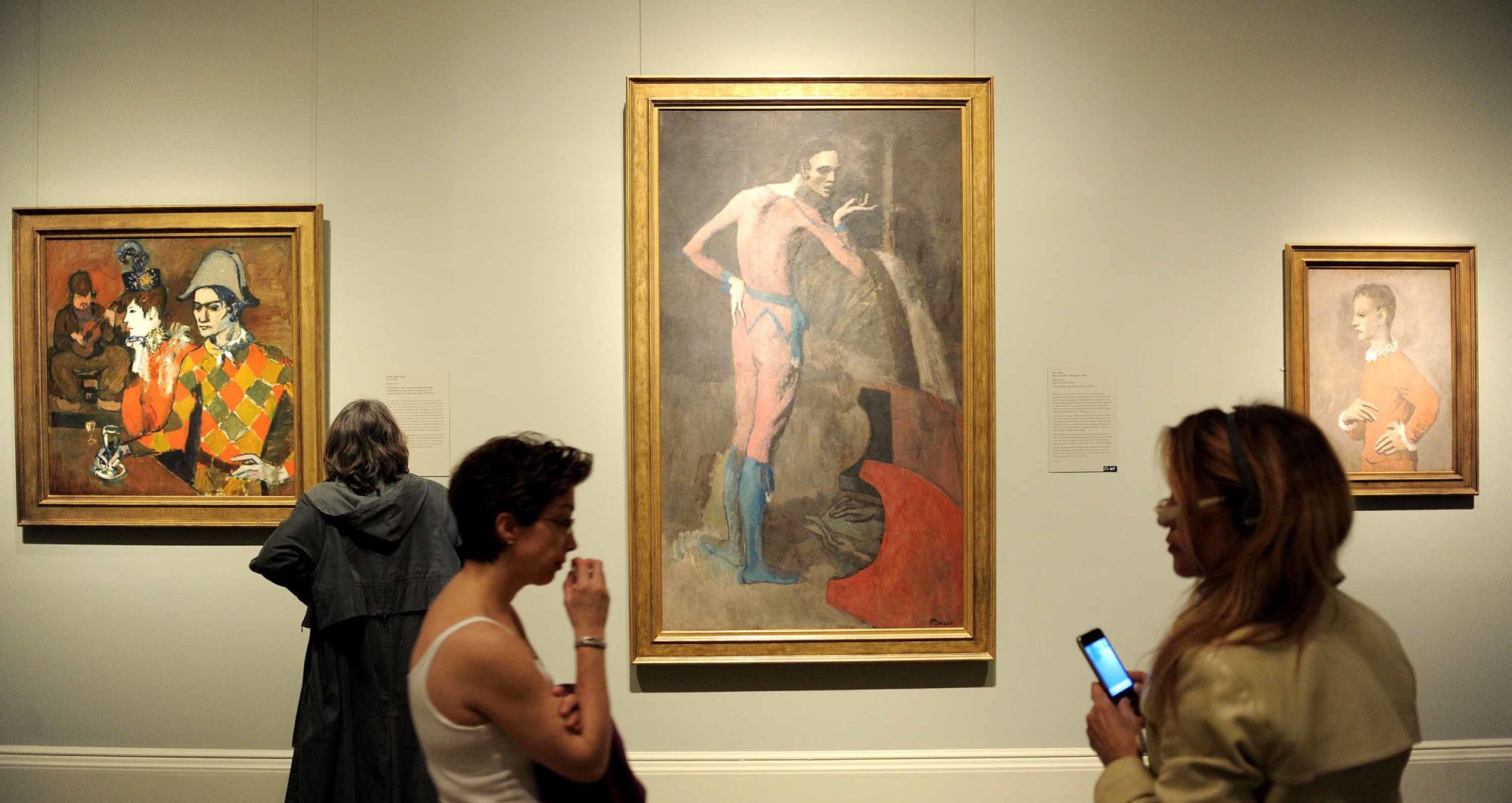A Pablo Picasso painting sold by a German Jewish businessman to fund his escape from Nazis should stay in New York’s Metropolitan Museum of Art, an appeals court has ruled.
On Wednesday, the United States Court of Appeals for the Second Circuit ruled that the businessman’s great-grandniece had left an “unreasonable” delay in demanding the return of the Picasso painting ‘The Actor’.
The painting had belonged to Paul and Alice Leffmann, who sold the artwork to a private dealer in 1938 to raise funds to flee fascist Italy for Switzerland. The couple, who were German Jews, had already fled the Nazi regime in Germany.
Laurel Zuckerman, the Leffmann’s great-grandniece, argued that her ancestors sold the “masterwork” for $12,000 under duress, therefore voiding the transaction.
Chief Judge Katzmann recognized that following the horrors of the Nazi era, there was a need to provide “some measure of justice, albeit incomplete” to victims and their heirs.
However, he wrote that there was an “unreasonable” delay in the demand for the return of the artwork.
The court noted that despite the fact that the painting had been in the Met’s collection since 1952 – and its provenance published in the Met’s catalogue since 1967 – no demands for its return were made until 2010 – 58 years after museum acquired the art work.
Lost and found: Incredible works discovered
“Indeed, over seventy years passed between the sale of the painting in 1938 and Zuckerman’s demand that the Met return the Painting in 2010,” court documents noted.
The judge also said that “this is not a case where the identity of the buyer was unknown to the seller or the lost property was difficult to locate.”
Paul Leffman had made other restitution claims for Nazi-era losses but had never made any approach about the painting, the ruling stated.
“Neither the Leffmanns nor their heirs made a demand for the Painting until 2010. This delay was unreasonable, and it prejudiced the Met,” the court found. After so many years, a lack of living witnesses and documentary evidence, as well as faded memories and questionable hearsay testimony, would impede the resolution of the claim, it said.
In February, a lower district court also ruled in favor of the Met.
A Met spokesperson said in a statement that the museum “considers all Nazi-era claims thoroughly and responsibly,” and has previously returned unlawfully appropriated works.
The painting, created between 1904-1905, is described by the Met as “simple yet haunting.” In 2010, the painting had to undergo repair work after a visitor fell onto the painting and caused a 6-inch tear in the canvas.






















